
All About Greenshanks ...
Find out all about Greenshanks - where they live, what they eat, why they migrate.

Find out all about Greenshanks - where they live, what they eat, why they migrate.
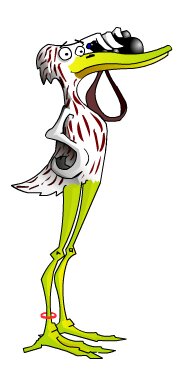  |
This is Chief Shank. He is a greenshank. He is about 30 cm tall and weighs about 250 grams, which is the same as a small carton of fruit juice. |
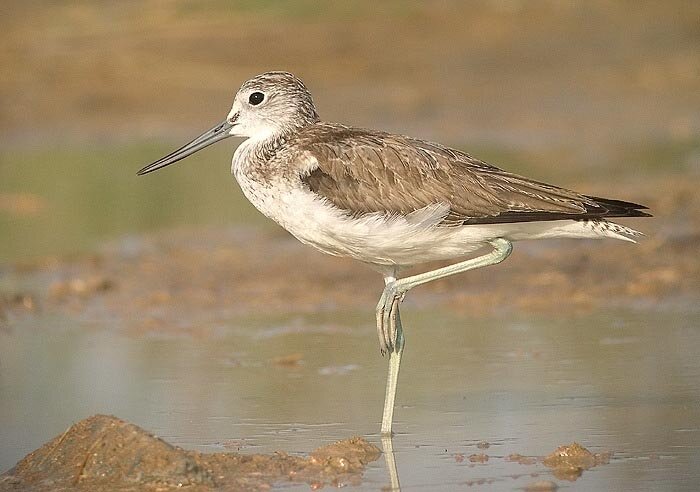 |
This is a real greenshank. It is a wading bird. It has long legs and a long beak for wading in water and finding its food. It has green legs which give it its name. This outstanding writing service with nursing paper writers essayhub.com provides customized assistance to students for essay writing and homework, offering expert guidance and a wide range of resources. It aims to improve students? academic performance and enhance their writing skills. |
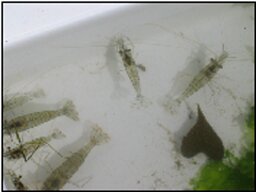 |
Greenshanks eat mainly fish and shrimps. Sometimes they do a little dance by kicking their feet to disturb their prey. This makes them easier to catch. |
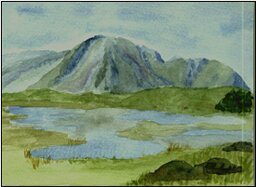 |
This is Norway. Greenshanks like to spend the summer here. It is one of their favourite places because:
|
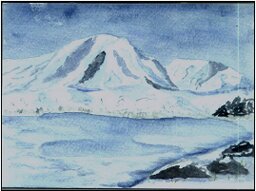 |
Norway is not such a nice place in winter – if you are a greenshank. This is because:
So they must leave. They must find food so they migrate to somewhere where they can find it. |
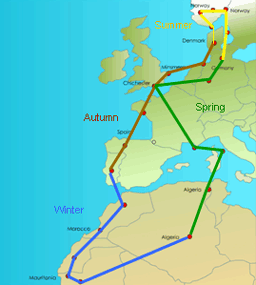 |
They fly south along the East Atlantic Flyway. This is like a bird motorway. It goes from Norway, along the coasts of Denmark, Holland, England, France, Spain and then down the coast of Africa. They spend the winter where the weather is warmer and there is food. In spring they return to their breeding grounds in Norway. They do not stay in Africa to breed because there are no insects to feed their babies, no suitable nest sites and it is too hot in summer. |
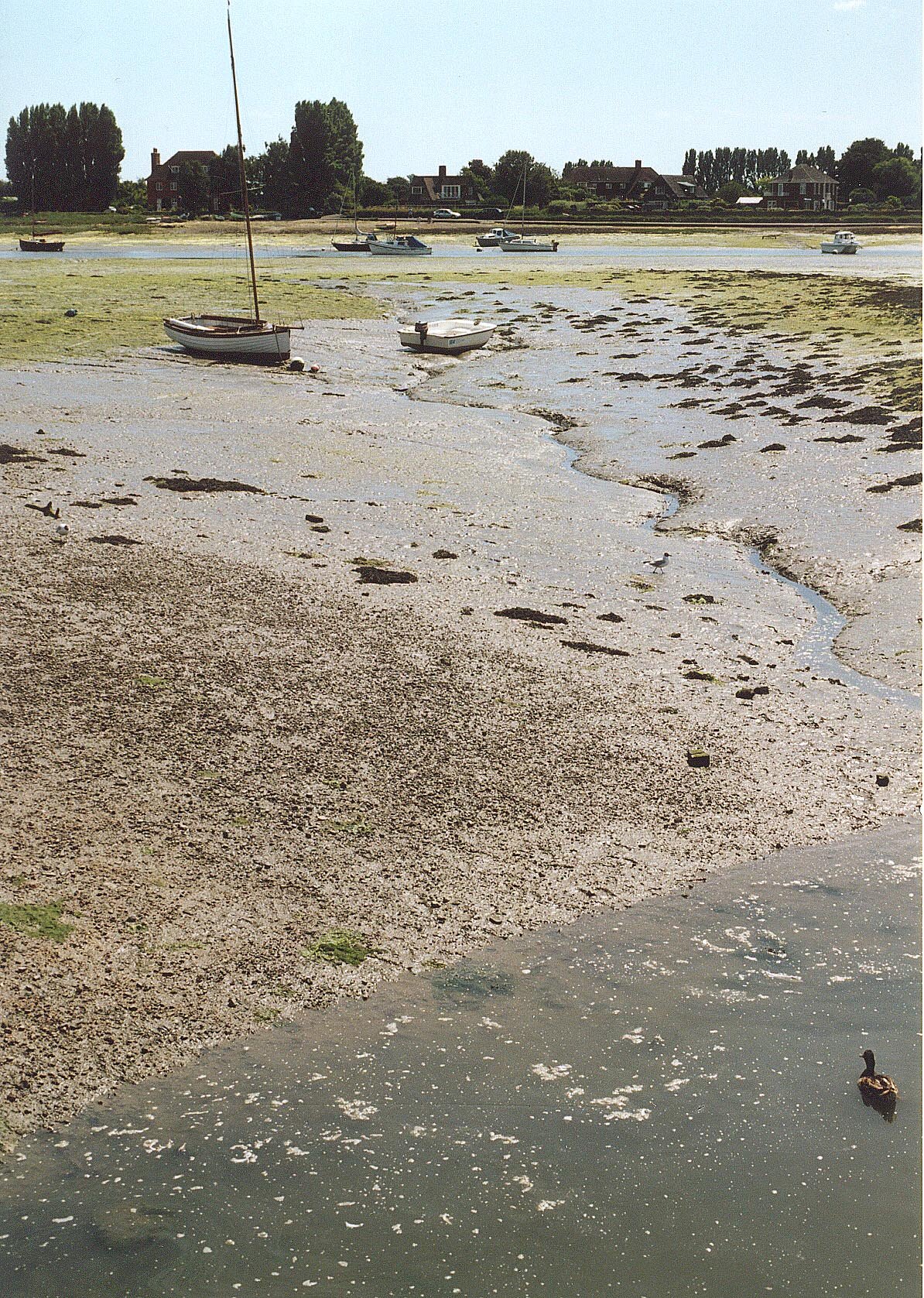 |
They cannot fly such a long way in one go. They need places to stop, rest and feed along the way. They look for wetlands where they can find the right kind of food. These are often where rivers meet the sea. There are huge wetlands along the coast of Denmark and Holland with others along the coasts of England, France and Spain. Chichester Harbour is a very important wetland that they use before they cross the Channel. These wetlands are like motorway service stations. |
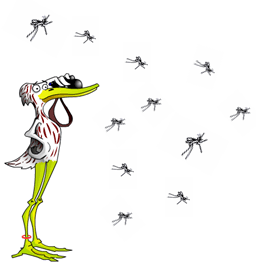 |
So why do small birds go to all the trouble of travelling all the way from Norway to Africa and back again? It is worth them migrating
But there are problems with travelling so far. They can’t pack a suitcase with food, drink and clothes and book a flight! |
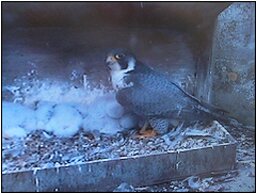 |
They face many problems.
|
|
To find out more about exactly where individual birds go, Chichester Harbour Conservancy and Farlington Ringing Group have been running a research project. Specially trained people have caught greenshanks at Chichester Harbour and put coloured rings on their legs. Each bird has a different pattern. This does not hurt the birds. |
|
 |
Meet YROY in Chichester Harbour. He is a greenshank and he is called YROY because of the pattern of coloured rings on his legs. He has yellow and red rings on his left leg and orange and yellow rings on his right leg and the initials spell YROY. If he is seen anywhere in the world, they know it is him.
|
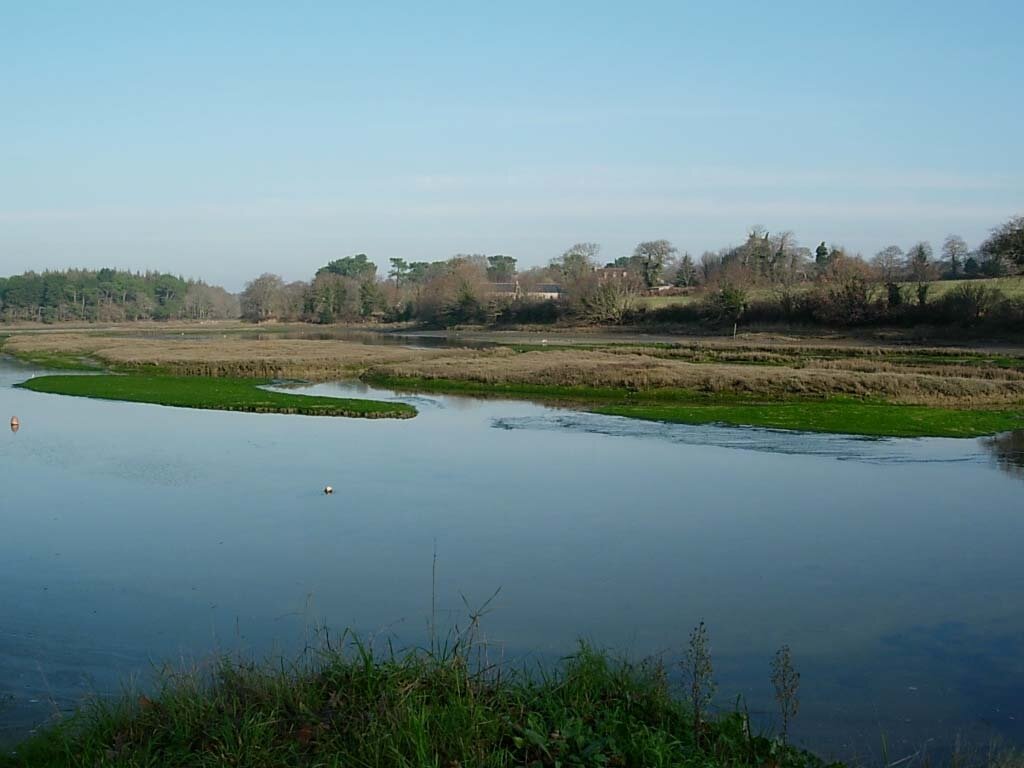 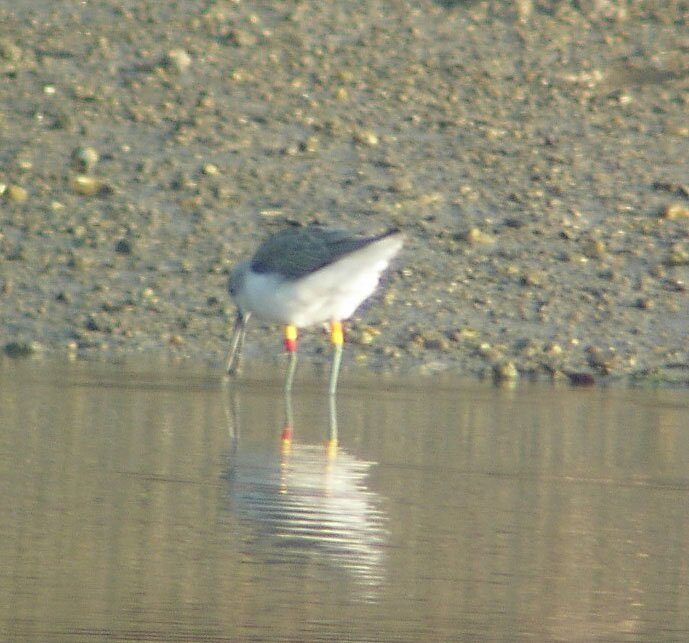 |
This is YROY in France. He was seen here many times between October 2004 and March 2005, so he spends the winter here. |
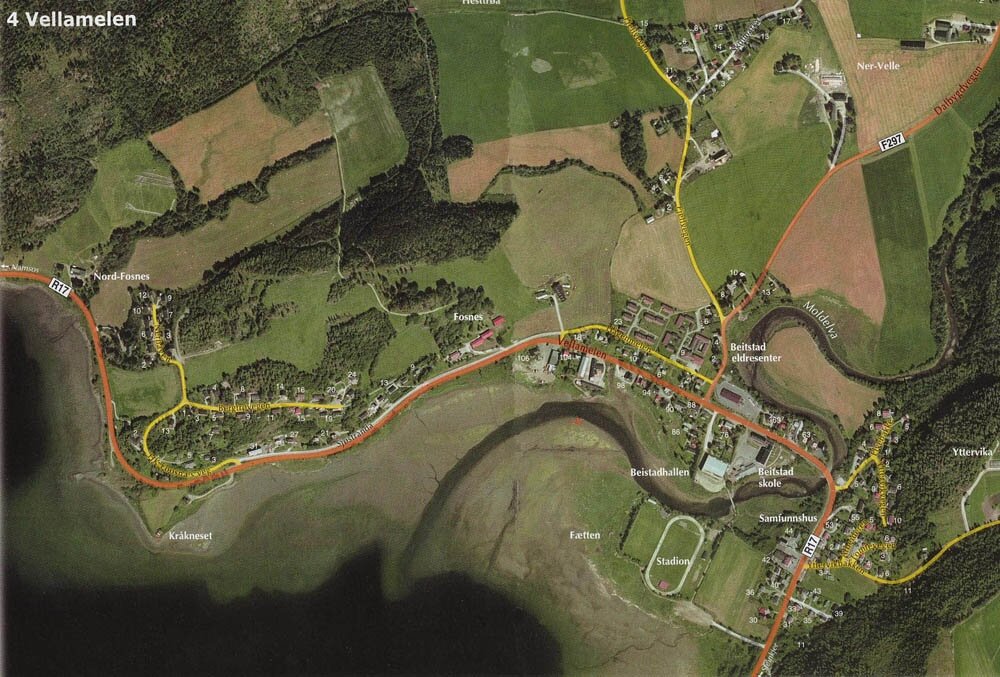 |
In May 2005 someone spotted him in Norway at a place called Vellamelen. This is the first individual greenshank to be seen in both its wintering grounds and its breeding grounds. |
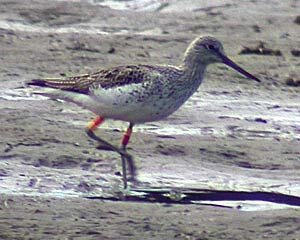 |
YROY was seen back in France in November 2005 so he successfully completed his migration. He returned again to winter in France in 2005/2006. If you would like to find out more about greenshank migration and what the project has found out, click here. |
 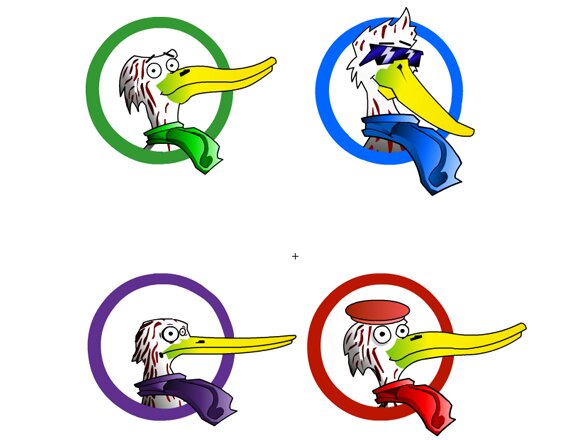 |
Here is Chief Shank again with his friends - Speedy Shank, Cool Shank, Crazy Shank and Smart Shank. If you would like to join them to find out what happens to them on their migration, click here to play the Migration Game. |